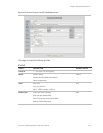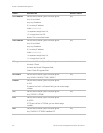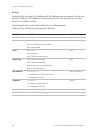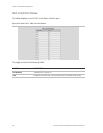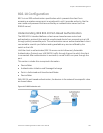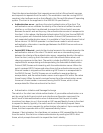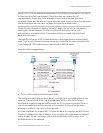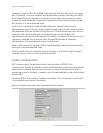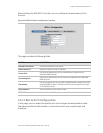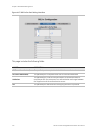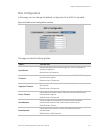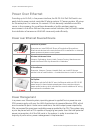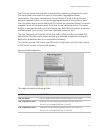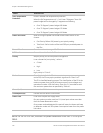
Chapter 4: Web-Based Management
GE-DS-242-PoE Managed Ethernet Switch User Manual 111
NOTE: If 802.1X is not enabled or supported on the network access device, any EAPOL
frames from the client are dropped. If the client does not receive an EAP-
request/identity frame after three attempts to start authentication, the client
transmits frames as if the port is in the authorized state. A port in the authorized state
effectively means that the client has been successfully authenticated.
When the client supplies its identity, the switch begins its role as the intermediary,
passing EAP frames between the client and the authentication server until
authentication succeeds or fails. If the authentication succeeds, the switch port
becomes authorized.
The specific exchange of EAP frames depends on the authentication method being
used. "Figure 4-64" shows a message exchange initiated by the client using the One-
Time-Password (OTP) authentication method with a RADIUS server.
Figure 4-64: EAP message exchange
• Ports in Authorized and Unauthorized States
The switch port state determines whether or not the client is granted access to the
network. The port starts in the unauthorized state. While in this state, the port
disallows all ingress and egress traffic except for 802.1X protocol packets. When a
client is successfully authenticated, the port transitions to the authorized state,
allowing all traffic for the client to flow normally.
If a client that does not support 802.1X is connected to an unauthorized 802.1X port,
the switch requests the client's identity. In this situation, the client does not respond
to the request, the port remains in the unauthorized state, and the client is not
granted access to the network.



